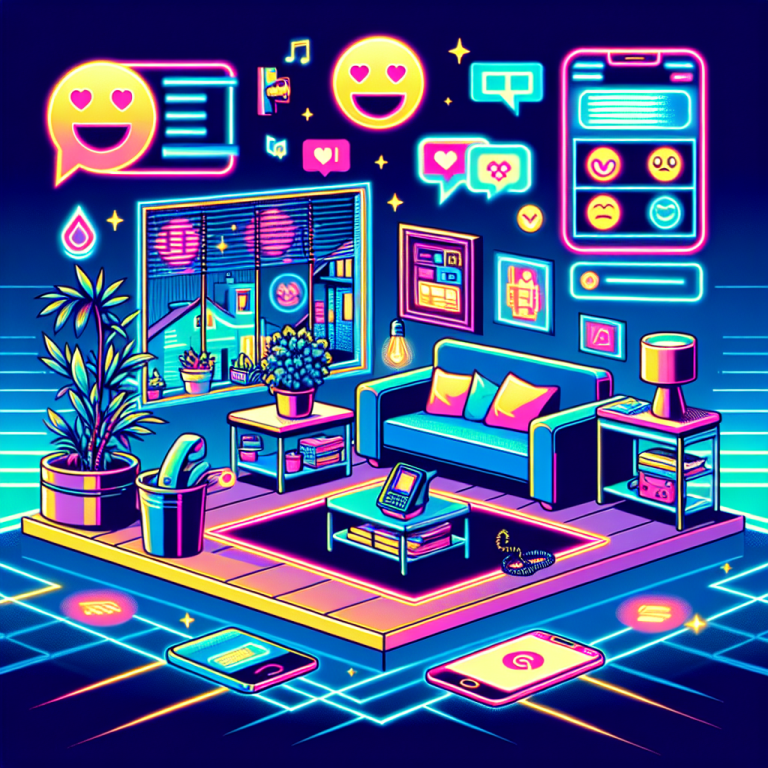Let’s face it—every home today has to be some version of smart, connected, and digital-ready. Over the past decade, I’ve transitioned from a traditional analog household to a highly digital home, and I’ve learned plenty of lessons the hard way. From porting our trusty landline number to juggling Wi-Fi congestion during Zoom calls, the digital transformation hasn’t always been seamless. But the result? More convenience, more savings, and a whole lot more control. In this post, I’m sharing the top 10 lessons I’ve learned to help you make smarter decisions for your own home tech setup—especially if you’re wondering how to keep your home phone number in the age of mobile-first living.
1. Your Landline Isn’t Dead, It’s Just Upgraded
One of the biggest misconceptions I ran into early on was that landlines are obsolete. Not true. In fact, many home users—especially families with kids or seniors—still rely on a home phone. But what’s changed is how that phone connects. I was able to move our old number to a VoIP provider, which saved us money and gave us advanced features. If you’re asking how to keep your home phone number while switching to digital, porting your number to a VoIP service is your answer. And trust me—it’s easier than it sounds.
2. Wi-Fi Is the Backbone—Don’t Skimp
I used to think a budget router from a Black Friday sale could handle all our devices. Wrong. When we added smart speakers, security cameras, and a couple of video streaming subscriptions, our connection stuttered. Upgrading to a mesh Wi-Fi system changed everything. Reliable Wi-Fi isn’t a luxury; it’s a necessity. Investing here saves you hours of frustration later.
3. Streaming Gets Expensive—Bundle Smartly
Cord-cutting sounded like a money-saving miracle… until we subscribed to five different streaming platforms. Suddenly, we were paying more than we did for cable. What I learned: audit your subscriptions regularly. Look for bundled plans, like home internet packages that include streaming apps or mobile discounts. You’ll be surprised how much you can save with smart bundling, especially when combined with providers like landlinecellular.com, where multiple services make for easier digital management.
4. Digital Security Is a Moving Target
Going digital at home means you’re opening doors—virtual ones. Your smart fridge and baby monitor connect to the same network as your emails and banking apps. One of the best moves I made was installing a network firewall and using a VPN for sensitive browsing. Also, enabling two-factor authentication on everything). Hackers look for easy targets; don’t be one.
5. Prepping for Outages Pays Off
One stormy night, our internet went down. Suddenly, our VoIP phone, streaming TV, and even our doorbell camera were useless. Lesson learned: always have a backup. I now keep a 4G LTE hotspot standby, and a few battery-powered gadgets that can run independently. It’s not just convenience—if you’re relying on your digital tools for emergency communication, redundancy is a must.
6. Smart Homes Aren’t Always Smart
Yes, it sounds futuristic to tell your home to turn off lights or lock doors. But if those gadgets can’t talk to each other, it’s tech clutter. I invested time learning about ecosystems like Alexa, Google Home, and Apple HomeKit. The lesson: pick one and stick with it. Otherwise, you’re juggling apps like you’re switching TV remotes in the 90s.
7. Don’t Ditch the Phone Yet—Modern Landlines Have Surprising Value
When my mobile missed a few critical calls during an outage, I realized the importance of a home phone backup. But what really surprised me was that newer digital landline services offer voicemail-to-text, call-blocking, and enhanced caller ID. Providers like landlinecellular.com even offer options for how to keep your home phone number while upgrading to a modern, digital-friendly service. It’s not just old-school nostalgia—it’s strategic planning.
8. Cloud Storage Beats DIY Backups
I used to back up family photos to external hard drives. Then one failed—and we lost a year’s worth of memories. Now, I use a mix of Google Photos and a personal cloud service for redundancy. The digital lifestyle is filled with content creation (photos, videos, files), so cloud storage is your friend. And it’s more affordable than you think.
9. Voice Assistants Are Great, But Know the Risks
The convenience of voice commands is addictive—I control my lights, calendar, and even my pizza orders that way. But these assistants are always listening. One lesson I learned: review your voice assistant privacy settings often, turn off voice logging, and set up privacy zones for sensitive conversations. It’s not paranoia. It’s proactive digital hygiene.
10. Upgrades Are a Mindset, Not a One-Time Deal
This may be the most crucial lesson. Going digital at home is not a one-time event—it’s an ongoing journey. From software updates to new hardware releases, you must stay informed. Subscribe to newsletters, read tech blogs (wink—start with ours), and treat your home’s digital tools as evolving assets. Waiting too long between upgrades can make leapfrogging harder and more expensive.
Conclusion: Be a Smarter Home User, Not Just a Connected One
Going digital doesn’t mean just buying new gadgets—it’s about crafting a smarter, safer, and more efficient home environment. The lessons I shared come from years of tweaking, testing, and even failing. But they’ve paid off in lower expenses, improved security, and a more streamlined lifestyle. So whether you’re figuring out how to keep your home phone number or planning your next smart device upgrade, remember: knowledge is power in the digital home. And that’s exactly why we’re here—check out more insights on the LandlineCellular blog and start transforming your home the right way.



